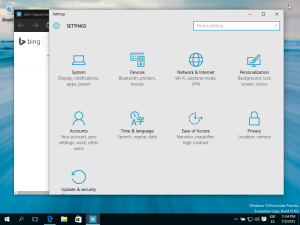

It reduces the CPU load by up to 50%, giving graphics-intensive apps more room to do their thing.Īnd even if you own older Mac hardware, El Capitan could be good news. If you’re interested, this performance transformation is down to the inclusion in El Capitan of Metal, Apple’s graphics technology that first launched with iOS 8 in 2014. You could stare at the screen, watching for the slightest drop in frame rate as you flick applications around, but you’d be wasting your time.

It’s stupidly responsive on my 2015 Macbook Pro Retina 13in, even with the display set to the highest resolution (2560×1600). The fact that the irritating stutters were cured by clicking a single (rather hidden) box confirmed everyone’s suspicions: Yosemite simply wasn’t optimised for the fairly intensive gymnastics it was being asked to perform.Įl Capitan, you’ll be delighted to hear, is fast. Specifically, you had to go into Accessibility in System Preferences and disable Transparency, the effect introduced with 10.10 Yosemite, and the cause of the slowdowns. You could make Yosemite faster, but it required a hack. Click on, say, the Safari icon to maximise a window, and it would react with the kind of stiff reluctance that would be painfully familiar to Samsung TouchWiz users (before the arrival of the Galaxy S6, of course). Yosemite seemed to struggle with animations.


 0 kommentar(er)
0 kommentar(er)
